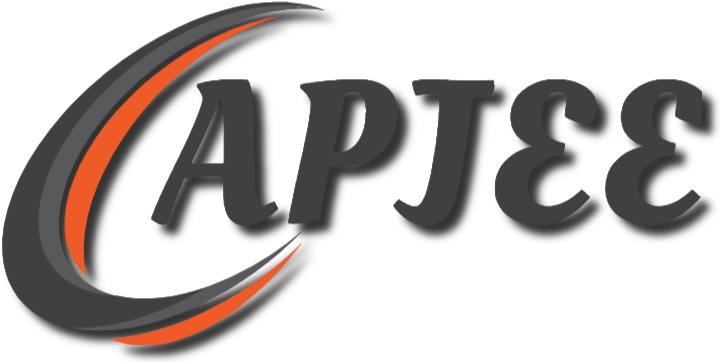An Economic Evaluation of Electromechanical Components for Microhydro in Borneo – Case Study
DOI:
https://doi.org/10.18034/apjee.v2i1.220Keywords:
microhydro, electromechanical, pump as turbine, life cycle cost, rate of returnAbstract
This paper presents an economic evaluation using Life Cycle Cost Analysis and Rate of Return to compare Pump as Turbine and Multi Jet Pelton Turbine as an electromechanical component in a microhydro project for Kampung Longkongungan, Sabah. The aim of this paper is to support microhydro project managers in rural areas to evaluate economic advantages between two type of turbines, taking into account relevant cost components, covering a wider perspective beyond capital cost. The analysis is set in view of 15 years product lifespan with discount rate set at 5% per annum. The goal of this study is to determine which system produced the best return on investment. All relevant data have been collected through product manuals, product suppliers, and academic literature. The study reveals that Pump as Turbine and Multi Jet Pelton Turbine cumulative profit are recorded at MYR 10,065.11 and MYR 14,863.82 respectively. The Rate of Return for Pump as Turbine is at 4.34 while Multi Jet Pelton at 6.11 years. The result shows that Pump as Turbine has a low capital cost and shorter Rate of Return. However, due to low efficiency, the total return of investment is lower than Multi Jet Pelton Turbine.
Downloads
References
Akella, A. K., Saini, R. P., & Sharma, M. P. (2009). Social, Economical and Environmental Impacts of Renewable Energy Systems. Renewable Energy, 34(2), 390-396.
Alexander, K. V., & Giddens, E. P. (2008). Microhydro: Cost-effective, modular systems for low heads. Renewable Energy, 33(6), 1379-1391. doi: 10.1016/j.renene.2007.06.026
Anyi, Martin, Kirke, Brian, & Ali, Sam. (2010). Remote Community Electrification in Sarawak, Malaysia. Renewable Energy, 35(7), 1609-1613.
Arriaga, Mariano. (2010). Pump as Turbine – A Pico-Hydro Alternative in Lao People's Democratic Republic. Renewable Energy, 35(5), 1109-1115.
ASEAN Guideline on Off-grid Rural Electrification Approaches. (2013). In A. C. f. Energy (Ed.).
Ismail, Mohd Azlan, Othman, Al Khalid, & Zen, Hushairi. (2014). Numerical Simulation on End Suction Centrifugal Pump Running in Inverse Flow for Microhydro Applications. Paper presented at the International Integrated Engineering Summit Malaysia.
Kennas, Smail, & Barnett, Andrew. (2000). Best Practices for Sustainable Development of Micro Hydro Power in Developing Countries.
McNish, Tyler, Kammen, Daniel M., & Gutierrez, Benjamin. (2010). Clean Energy Options for Sabah: An Analysis of Resource Availability and Cost.
Mishra, Sachin, Singal, S. K., & Khatod, D. K. (2011). Optimal Installation of Small Hydropower Plant—A Review. Renewable and Sustainable Energy Reviews, 15(8), 3862-3869.
Motwani, K. H., Jain, S. V., & Patel, R. N. (2013). Cost Analysis of Pump as Turbine for Pico Hydropower Plants – A Case Study. Procedia Engineering, 51, 721-726.
Murni, S, Whale, J, Davis, JK, Urmee, T, & Harries, D. (2010). Status of Rural Electrification in The ‘Heart of Borneo’: Role of Micro Hydro Projects.
Murni, Sari, Whale, Jonathan, Urmee, Tania, Davis, John, & Harries, David. (2012). The Role of Micro Hydro Power Systems in Remote Rural Electrification: A Case Study in The Bawan Valley, Borneo. Procedia Engineering, 49(0), 189-196.
Uhunmwangho, R., & Okedu, E.K. (2009). Small Hydropower for Sustainable Development. Pacific Journal of Science and Technology, 10(2), 535-543.
Vaidya, Dr. Cost and Revenue Structures for Micro-Hydro Projects in Nepal. http://www.microhydropower.net/download/mhpcosts.pdf
--0--
Downloads
Published
Issue
Section
License









